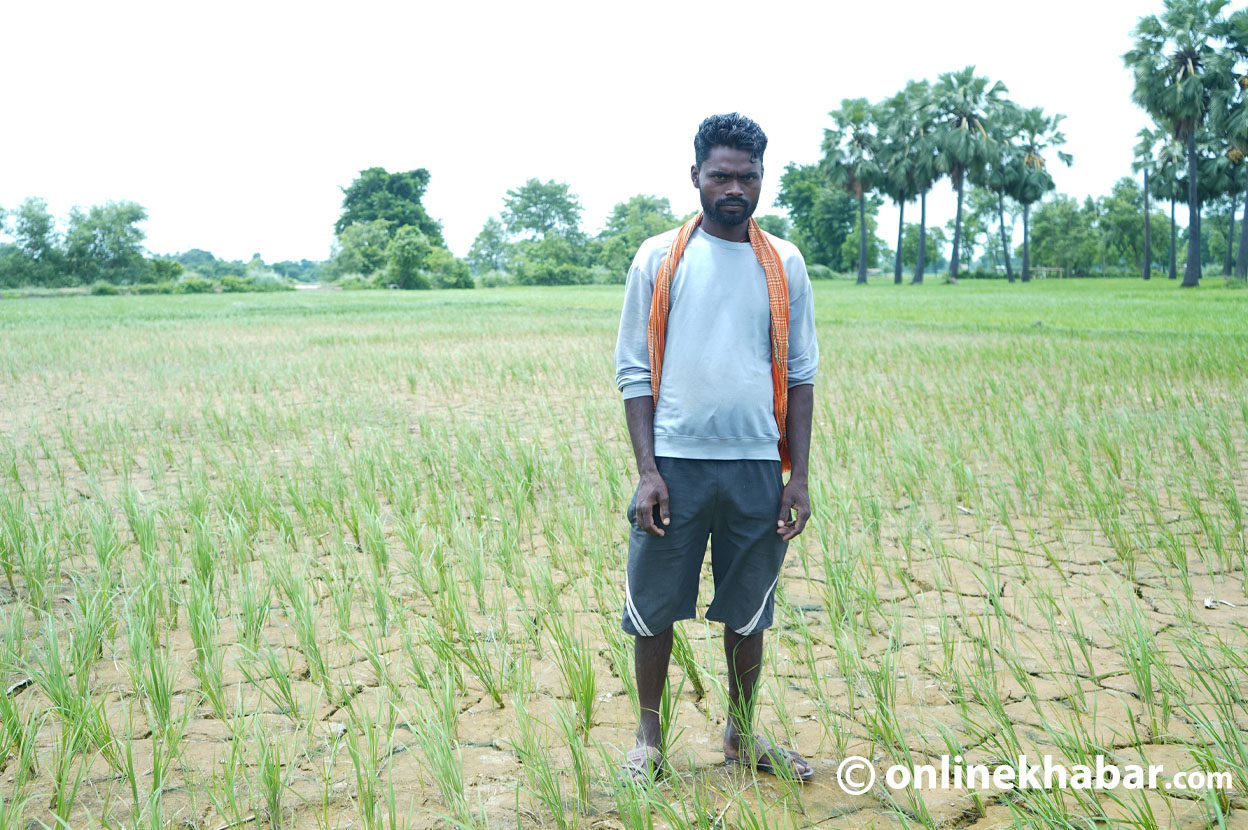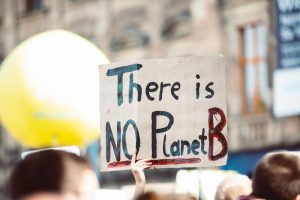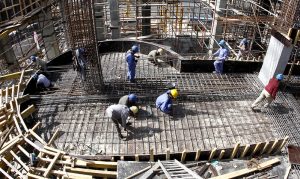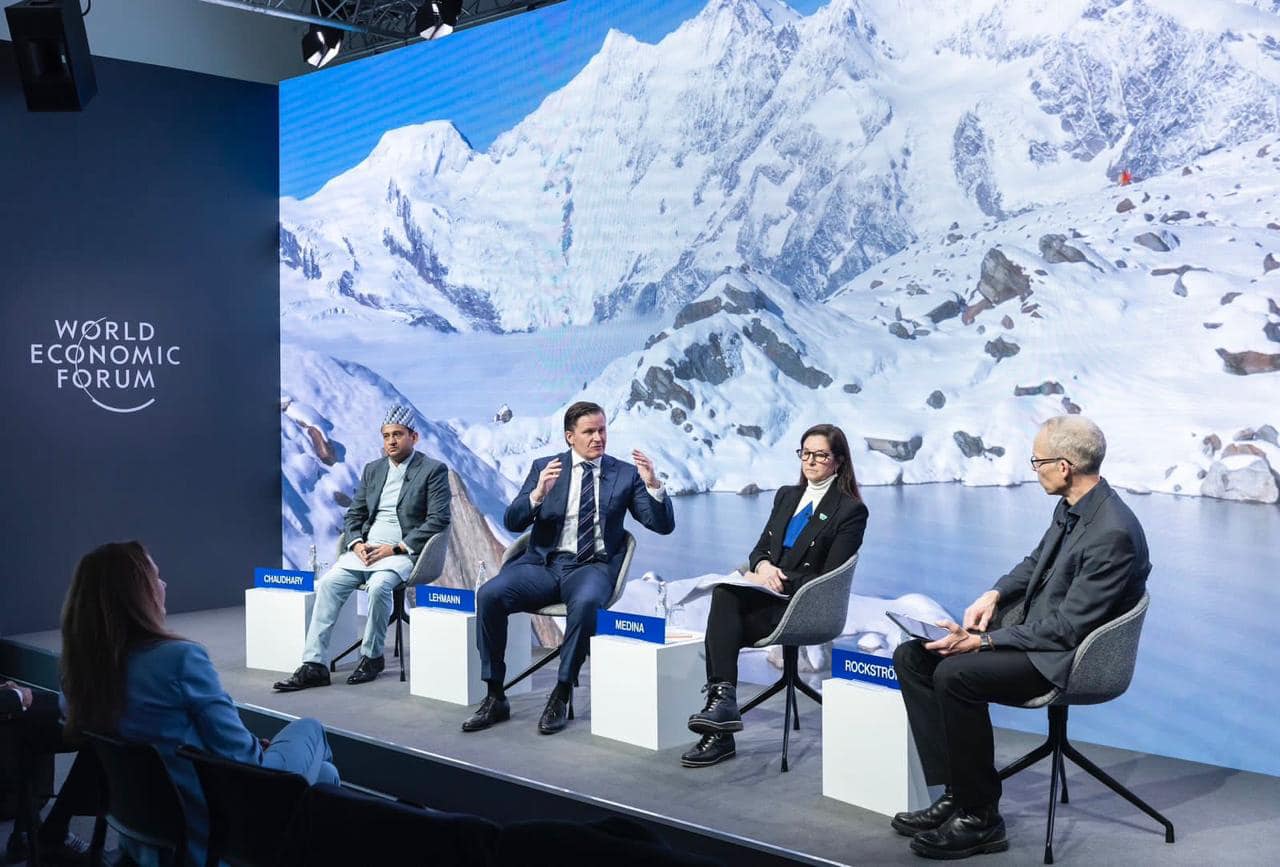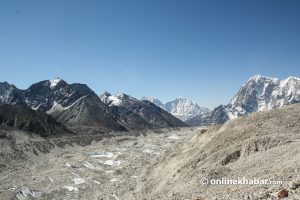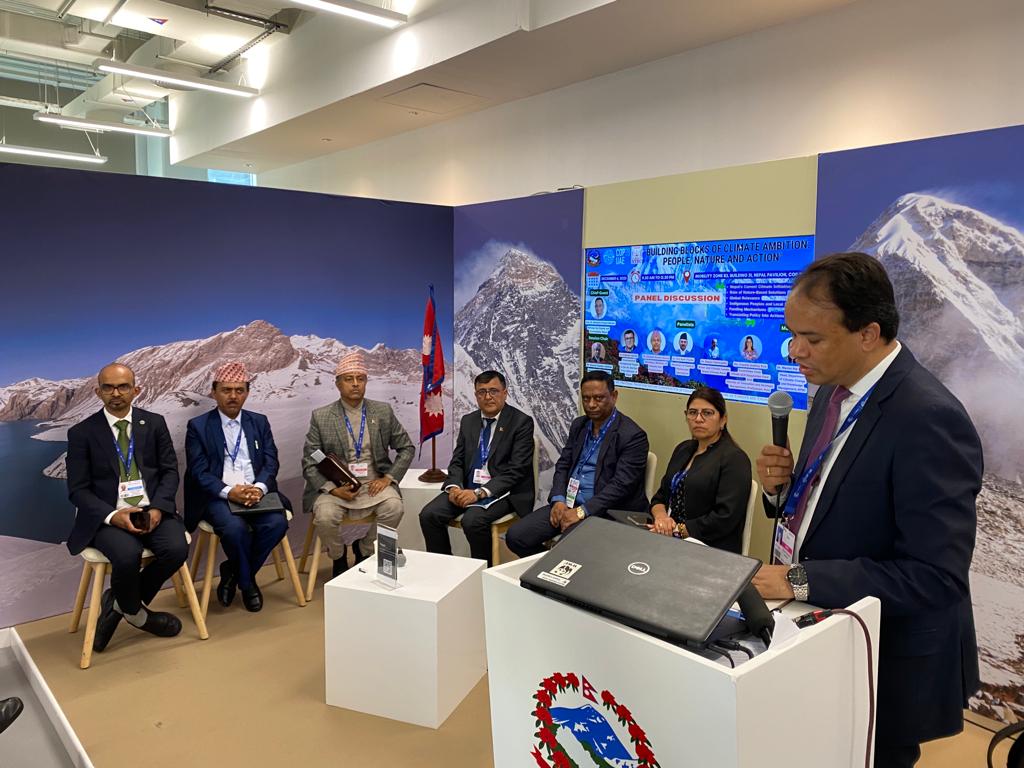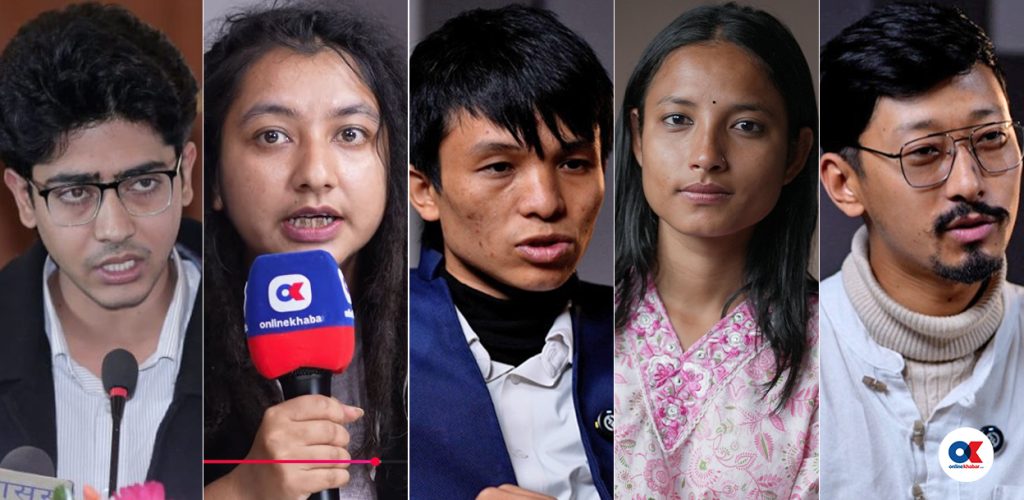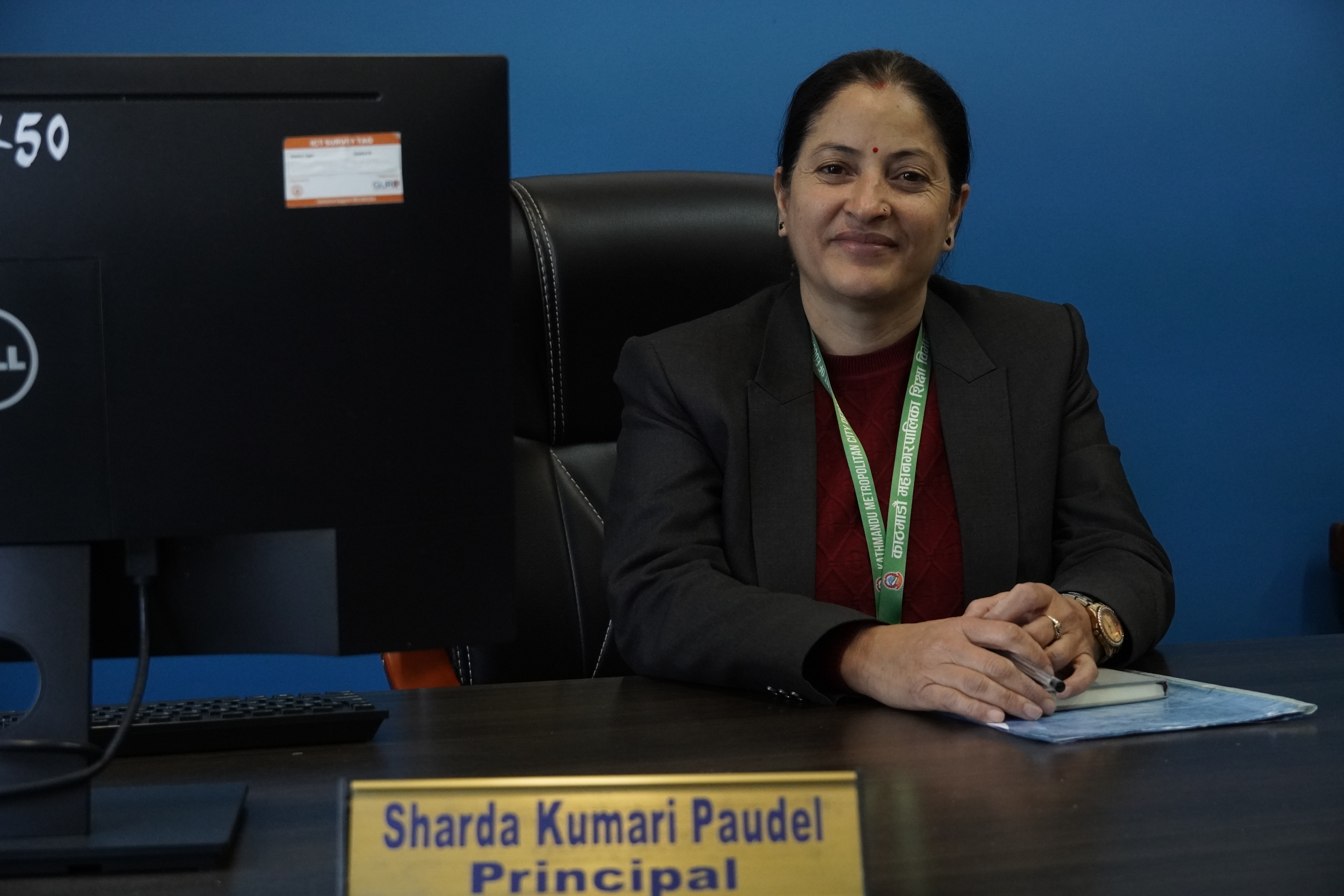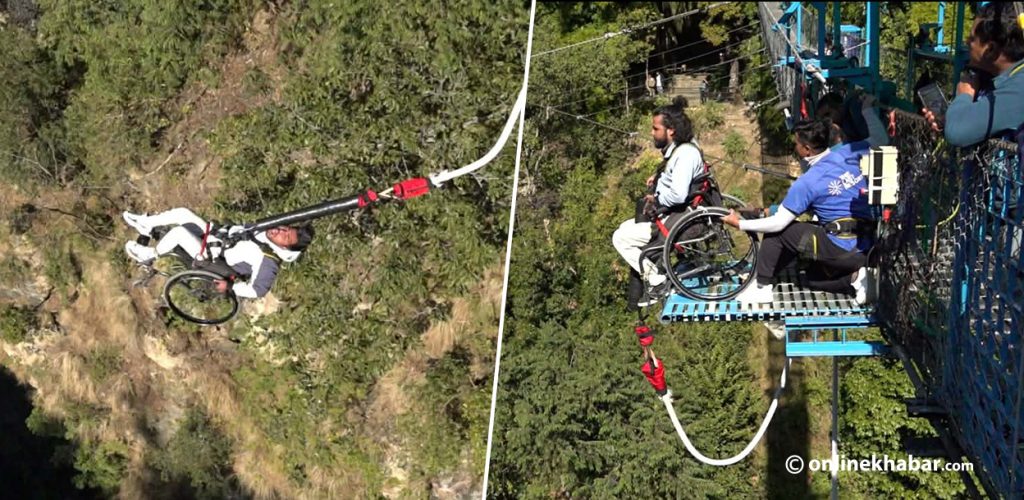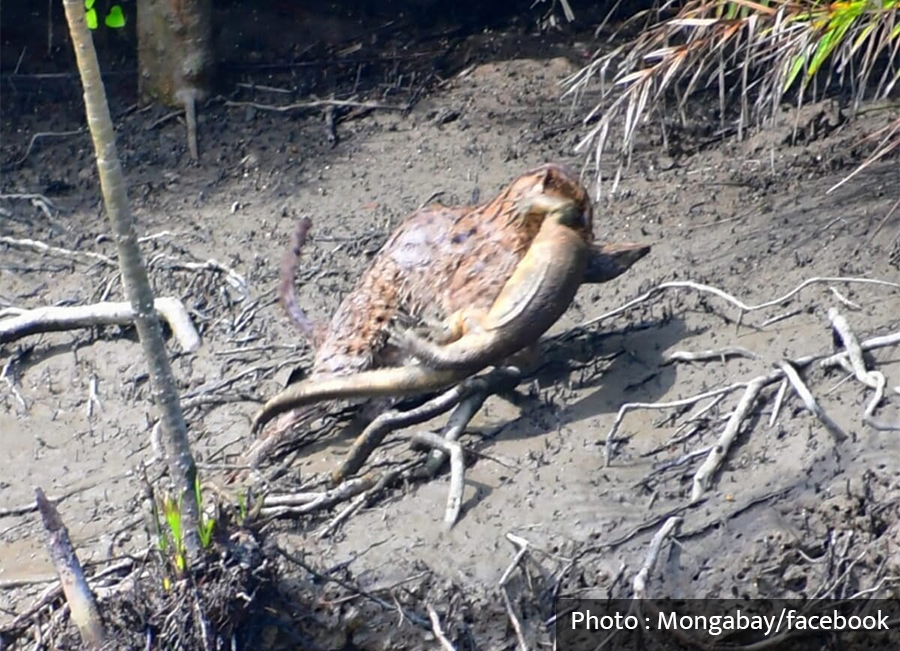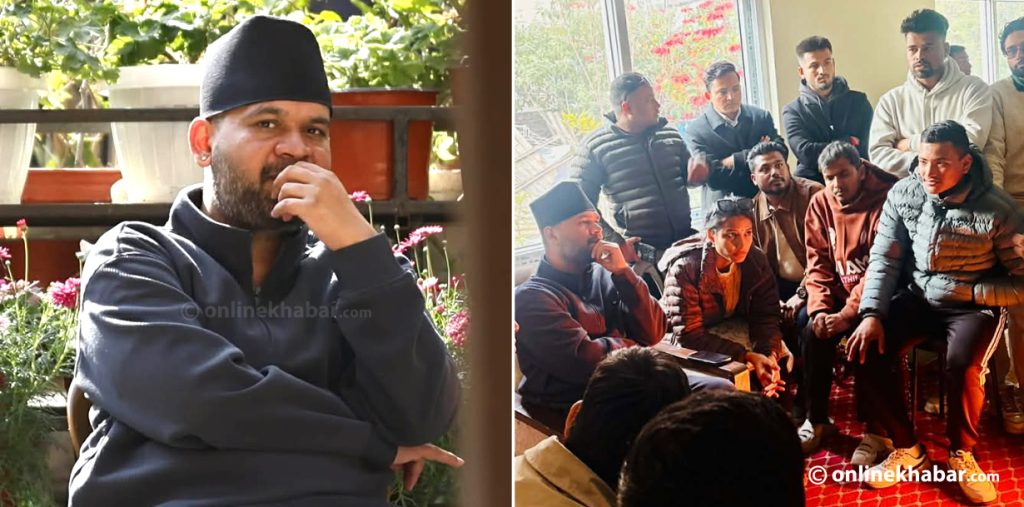
Since the beginning of the industrial revolution is 1760s human activities has rapidly increased the emission of greenhouse gases to the atmosphere. These activities have released large amounts of carbon dioxide and other greenhouse gases into the environment, which has changed the global climate and dangerously posed a global warming threat.
In parallel natural processes, such as changes in the sun’s energy and volcanic eruptions, also affect the earth’s climate. In recent time geological activities like extraction of natural resources from earth’s ore for rare earth materials has become a major competition for global players fueling global warming. Space activities by many governments and private companies like SpaceX, Blue Origin, Boeing, Lockheed Martin and many more are in competition also contributing carbon emission largely.
Climate change crisis
Natural disaster such as earthquakes, floods, wildfires, hurricanes, and volcanic eruptions has been causing sudden and devastating impacts, resulting in significant loss of life, displacement, and damage to infrastructure.
In contrast, slow violence often invisible and gradual emerges from activities like resource extraction, including mining, oil and gas drilling, deforestation, overfishing, hunting, and excessive water withdrawal. These practices from the mainstay of many modern industries and economies, yet they silently degrade ecosystems, displace communities, and threaten long -term environmental health.
The environmental consequences of each war further exacerbate these issues. For example, the ongoing Russia- Ukraine and Isreal-Palestine wars has already contributed more than 230 million tons of carbon dioxide emissions, worsening the climate crisis.
In recent years, the growing demand for rare earth elements used in semiconductors are crucial for producing mobile phones, laptops, electric vehicles, robots, artificial intelligence installed military jets and equipment, and more has intensified ecological degradation in resource- rich regions. These intertwined forms of destruction, whether sudden or slow.
Climate change and its direct consequences, such as floods, droughts, deforestation, land degradation, water scarcity, heat waves, storms and soil losses. These natural and human made activities directly hampers farmers; to be sure, everyone is affected by the changes, but women are disproportionately affected most particularly in developing countries.
As women farmers currently account for 45-80 % of all food production in developing countries. Direct impacts of global warming can be seen in Madhesh Province recently signaling drought situation where ground water level has gone so down beyond imagination.
Violence and gender dimensions
As violence is as someone hurts or harms another on purpose it can be physically or emotionally. It can occur in various forms such as interpersonal, organisational societal and structural. Violence is often thought of as something immediate and visible, like war and crime but in some cases its latent and slow unfolding and some cases it takes over long periods.
It can occur in various forms such as interpersonal, organisational societal and structural. The term slow violence was introduced by peace scholar Rob Nexon in his book ‘Slow Violence and the environmentalism of the Poor’ defined environmental destruction. Slow violence is referred to gradual and invisible and long term environmental or social destruction these issues are often ignored. Well-known peacebuilder and theorist Johan Galtung, stands structural violence is silent, it does not show—it is essentially static and unnoticed, it is like the tranquil waters calm on the surface yet deeply unfair underneath.
In gender dimension climate change disproportionately affects women due to pre-existing gender inequalities and social norms, impacting their livelihoods, maternal-health, and safety. While women are often on the frontlines of climate impacts.
Understanding these gender dimensions is crucial for effective climate change. We must realise that climate change widens the existing gender inequalities and poses. Without gender analysis of the impact of climate change, we overlook an important aspect of social life in a changing climate.
About two-thirds of the female labour force in developing countries, and more than 90 % in many African countries, are engaged in agricultural work. Thus, when farming comes under severe weather conditions, resulting in the loss of soil, deforestation and other social threats, women face a loss of income and their sources of livelihood. Women to suffer more from the vagaries associated with climate change.
Women have been at the forefront of environmental advocacy for decades, consistently raising their voices and spearheading diverse initiatives to address environmental disasters. There active engagement-rooted in both lived experience and community leadership has positioned them as crucial agents in promoting climate justice and gender-responsive solutions.
Vandana Shiva is an Indian scholar, environmental activist, food sovereignty advocate, ecofeminist and anti-globalisation author views eco- feminism as recognition of the conquest of nature and the conquest of human beings. In her book ‘Making Peace with the Earth’ outlines how a paradigm shifts to earth-centered politics and economics is our only chance of survival and how collective resistance to corporate exploitation can open the way to a new environmentalism of intercedence and earth democracy.
Crucial role by women for all
Women have played a pivotal role in various environmental movements across different historical and geographical context. A notable example is the Chipko Movement of 1973 in India, led by Gaura Devi, which aimed to protect trees and forests from commercial deforestation.
This movement is widely regarded as both an ecological and non-violent resistance, with women playing a central role in promoting environment awareness and sustainable forest management. Similarly, the Green Belt Movement (GBM), initiated on April 22,1977, in Kenya by Wangri Maathai, represent another powerful example of women’s leadership in environmental activism.
Maathai, the first African women to be awarded Nobel Prize in 2004, envisioned GBM as means of promoting community development, women’s education, and empowerment through environmental conservation- particularly tree planting.
This movement resulted in the creation of over 6000 tree nurseries and mobilised more than 1000000 women to plant approximately 51 million trees. It’s inspiring slogan “Planting the Seed of Peace” reflects the movement’s commitment to ecological sustainability and social justice.
Another powerful example of grassroots environment activism led by a woman is the Love Canal Movement in the United States. In 1977, Lois Gibbs, a resident of Negara Falls, New York, discovered that her entire neighborhood- Love Canal- had been built of top of a toxic chemical waste dump.
The site had been used by a chemical company to dispose of hazardous waste, which lasted leaked into homes, schools, and the surrounding environment, causing severe health problems among residents, including birth defects and cancers.
She community, organised protests, and persistently lobbied local, state, and federal authorised to take action. Despite having no formal scientific background, she emerged as a leading figure in the environmental justice movement. Her activism eventually led to the evacuation of over 800 families and was instrumental.
In Nepal as well, Nepali women have played significant roles in leading and participating in environmental initiatives. A notable example is Nepal’s Community Forest Management (CFM) system, which is recognised as a model not only for promoting forest conservation but also for advancing gender equity and improving rural livelihoods, Community Forest User Groups (CFUGs) across the country have provided a platform for women to engage in environmental governance and decision-making processes.
Out of a total 204,750 CFUG members, 87,724 are women, constituting approximately 42 percent of the membership. This represents a remarkable success story in the integration of gender inclusion within environmental management.
Gendered climate governance
These examples emphasise how women’s grassroots activism has significantly contributed to both environmental protection and gender empowerment. Now climate change becomes more inter-related and inter-connected in many aspects of day to day lives of women particularly in vulnerable and resource-dependent communities.
Its effects are not always immediate or visible, but often manifest as a form of slow violence a gradual and invisible harm that proportionately affects women due to existing social, economic, and cultural inequalities.
If such impacts are not addressed in time, and if appropriate and gender-responsive policies and programs are not visualised and implemented from the beginning the consequences may become irreversible and harmful in the near future.
Therefore, climate governance is crucial to examine how climate change policies, stakeholders and policymakers are currently formulating strategies to mitigate and adapt to climate change, and whether these efforts genuinely incorporate the lived realties, needs, and leadership of women. Achieving climate resiliency requires incisive, intersectional approaches that go beyond technical solutions and prioritise social justice, equity, and local agency.




